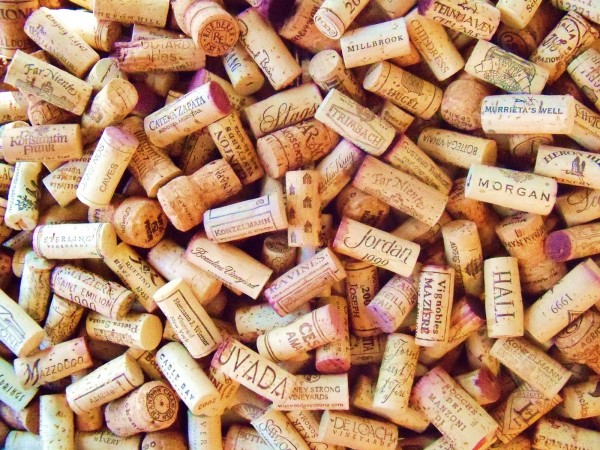A new generation of wine drinkers came of age with screw caps and plastic bottle stoppers, but cork producers are mounting a campaign to win their loyalty: An Object Lesson.
No one is completely sure who first came up with the idea for cork wine stoppers, though legend holds that it was the 17th-century monk Dom Pérignon. Perhaps he does deserve the credit; perhaps some other cellar master was the first to abandon convention and seal his glass wine bottles with cork stoppers over wooden plugs. Regardless of who created the wine cork, the invention would go on to become wildly successful: For the past 400 years, cork has been the preferred material for wine closures.
The idea caught on because it was a good one—cork resists moisture and rotting, it helps wine age, and it provides an effective leak-proof seal. At the beginning of the 21st century, though, cork experienced a fall from grace, as the issue of “cork taint”—a phenomenon associated with spoiled wine—became more prevalent. The primary cause of cork taint is the presence of the chemical compound 2,4,6-trichloroanisole (TCA). But TCA isn’t limited to cork; it’s also found naturally in wood, water, soil, fruit and vegetables. This means that other factors, including the storage of wine in wooden barrels, can contribute to wine spoilage. But because cork and wine have long been so inseparable, and because cork is a known source for TCA, the phenomenon of wine spoilage was named for the ubiquitous cork stopper. It was a nightmare for the cork industry.
more on theatlantic.com




